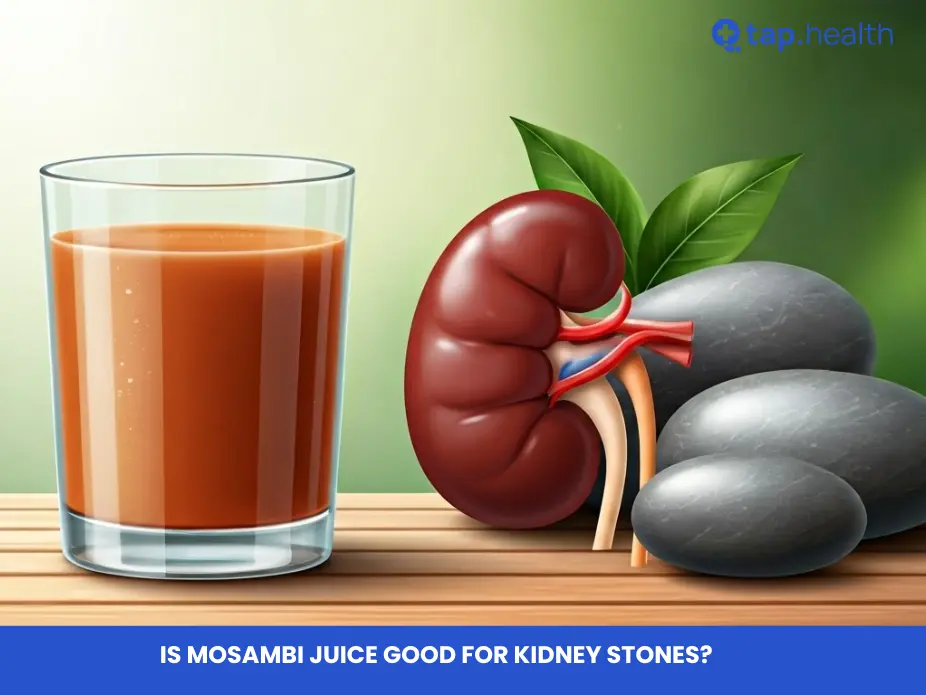Diabetes is a chronic condition that requires careful management of blood sugar levels, which often involves watching what you eat. If you have diabetes, fruits may seem like a tricky area to navigate since many are high in sugar. But not all fruits are created equal, and some can actually help with blood sugar management.
One such fruit that often raises questions is dragon fruit (also known as pitaya). Its striking pink skin and white or red flesh speckled with black seeds make it a unique and colorful addition to any diet. But if you have diabetes, you may be wondering: Can diabetics eat dragon fruit?
The short answer is yes, but there are important considerations. In this blog, we’ll explore the nutritional profile of dragon fruit, its potential benefits for people with diabetes, and how to incorporate it into a balanced diet. We’ll also address common concerns and provide expert insights to help you make informed choices about adding dragon fruit to your diabetes-friendly eating plan.
What Is Dragon Fruit?
Dragon fruit is a tropical fruit that comes from a cactus plant, known for its vibrant appearance and sweet, mildly tangy taste. The fruit’s skin is typically bright pink or yellow, and its flesh can be white or red, with small, black seeds embedded throughout.
Dragon fruit is rich in vitamins, minerals, and fiber, making it a nutritious choice for most people. However, for diabetics, it’s essential to consider the fruit’s glycemic index, carbohydrate content, and overall impact on blood sugar.
Nutritional Profile of Dragon Fruit
To understand how dragon fruit fits into a diabetic diet, let’s break down its nutritional content per 100 grams (about 1/2 cup) of the fruit:
- Calories: 50-60 kcal
- Carbohydrates: 13 grams
- Fiber: 3 grams
- Sugar: 7 grams
- Protein: 1 gram
- Fat: 0.1 grams
- Vitamin C: 3-4% of the daily recommended intake
- Magnesium: 10% of the daily recommended intake
- Iron: 4% of the daily recommended intake
Dragon fruit is low in calories and contains a moderate amount of carbohydrates and sugars. It also provides a good dose of fiber, which is essential for regulating blood sugar levels. The fruit also boasts antioxidants like vitamin C, which help protect against cellular damage, and magnesium, which is essential for blood sugar control.
Read this – Top 10 Foods to Manage PCOS Symptoms and Support Pregnancy
Glycemic Index and Blood Sugar Impact
One of the most important factors for diabetics when choosing fruits is the glycemic index (GI). The GI measures how quickly a food raises blood sugar levels on a scale from 0 to 100. Foods with a high GI are rapidly digested and cause spikes in blood sugar, while foods with a low GI are digested more slowly and have a gentler effect on blood sugar.
Dragon fruit has a low to moderate glycemic index, typically ranging from 48 to 55, depending on the variety. This makes it a safe fruit option for diabetics when consumed in moderation. Unlike high-GI fruits such as watermelon or pineapple, dragon fruit does not cause rapid spikes in blood sugar. The fiber content in dragon fruit also helps slow down the absorption of sugar, making it easier for the body to process and maintain stable blood glucose levels.
Benefits of Dragon Fruit for Diabetics
1. Helps Control Blood Sugar Levels
The fiber and antioxidant content in dragon fruit may help stabilize blood sugar levels. The fiber in dragon fruit, particularly soluble fiber, helps slow the absorption of sugar in the bloodstream, which can prevent blood sugar spikes after meals.
In fact, some studies have shown that consuming dragon fruit regularly may improve insulin sensitivity, helping the body use insulin more effectively. This can be especially beneficial for people with Type 2 diabetes, who often struggle with insulin resistance.
2. Rich in Antioxidants
Dragon fruit is packed with antioxidants like vitamin C, beta-carotene, and lycopene. These antioxidants help reduce oxidative stress, which is a contributing factor to diabetic complications. High blood sugar levels can increase oxidative stress in the body, leading to damage to blood vessels, nerves, and other organs. By including antioxidant-rich foods like dragon fruit in your diet, you can help mitigate some of these negative effects.
3. Supports Heart Health
Diabetes increases the risk of heart disease, so it’s essential for diabetics to focus on heart-healthy foods. Dragon fruit may contribute to better cardiovascular health due to its high content of monounsaturated fats and antioxidants. In particular, the fruit has been shown to improve cholesterol levels by reducing levels of bad cholesterol (LDL) and increasing good cholesterol (HDL).
4. Boosts Immune Function
People with diabetes are more susceptible to infections, as high blood sugar can impair the immune system. Dragon fruit’s high vitamin C content can help strengthen the immune system, promoting quicker recovery from illnesses and reducing the risk of infections.
5. Promotes Gut Health
The fiber in dragon fruit can help improve digestive health and prevent constipation. Soluble fiber in the fruit acts as a prebiotic, feeding the beneficial bacteria in your gut and supporting overall digestive function. A healthy gut is essential for overall well-being and may also play a role in regulating blood sugar levels.
Real-Life Scenarios: How Diabetics Enjoy Dragon Fruit
Scenario 1: Maria’s Afternoon Snack
Maria, a 45-year-old woman with Type 2 diabetes, enjoys a small bowl of dragon fruit as part of her afternoon snack. She pairs it with a handful of almonds to add protein and healthy fats, helping keep her blood sugar stable. Maria finds that dragon fruit’s sweet, refreshing taste helps curb her cravings for more sugary snacks, and she feels energized and satisfied without a blood sugar spike.
Scenario 2: Tom’s Post-Workout Recovery
Tom, a 30-year-old athlete with Type 1 diabetes, often uses dragon fruit as a post-workout snack. After exercise, Tom’s blood sugar can drop, so he needs a quick snack to restore his energy levels. Dragon fruit provides him with natural sugars that help replenish glycogen stores, while the fiber helps prevent any significant blood sugar spikes. He enjoys it with a scoop of protein powder to balance the carbs with protein.
Expert Contributions: What Do Health Experts Say?
According to Dr. Richard Bernstein, a renowned diabetes expert and author of “The Diabetes Solution,” low-glycemic fruits like dragon fruit can be a valuable addition to a diabetic’s diet. Dr. Bernstein recommends choosing fruits with a glycemic index of 55 or lower to help maintain stable blood sugar levels throughout the day. He notes that dragon fruit’s high fiber content makes it an excellent choice for diabetics looking to manage their glucose levels more effectively.
For more information on diabetes management, you can visit Dr. Bernstein’s Diabetes Solution or consult your healthcare provider.
Recommendations for Eating Dragon Fruit with Diabetes
- Eat in Moderation: While dragon fruit is a healthy option, it’s important to keep portion sizes in check. A small serving (about 1/2 to 1 cup) is sufficient to enjoy the benefits without overloading on sugar or carbohydrates.
- Pair with Protein or Healthy Fats: To balance the carbohydrates in dragon fruit, consider pairing it with a protein source (such as Greek yogurt or nuts) or healthy fats (like avocado). This helps stabilize blood sugar levels.
- Monitor Blood Sugar: As with any food, it’s important to monitor your blood sugar levels after eating dragon fruit. This will help you understand how your body responds to this fruit and allow you to make adjustments as needed.
- Choose Fresh, Whole Fruit: Whenever possible, opt for fresh dragon fruit instead of processed versions, such as juices or canned varieties, which may contain added sugars that can spike blood sugar.
FAQ: Common Questions About Dragon Fruit for Diabetics
1. Is dragon fruit high in sugar?
Dragon fruit contains about 7 grams of sugar per 100 grams, which is relatively low compared to many other fruits. It’s considered a safe option for diabetics when consumed in moderation.
2. Can dragon fruit lower blood sugar levels?
While dragon fruit alone may not directly lower blood sugar, it can help stabilize levels due to its fiber content and low glycemic index. Fiber helps slow the absorption of sugar into the bloodstream.
3. Is dragon fruit good for Type 1 diabetes?
Yes, dragon fruit can be a healthy part of a Type 1 diabetic’s diet, especially when paired with protein or healthy fats to balance blood sugar levels.
4. How much dragon fruit can a diabetic eat?
A diabetic can enjoy about 1/2 to 1 cup of dragon fruit per serving, depending on their individual carbohydrate needs and blood sugar management plan.
5. What other fruits are good for diabetics?
Other fruits with a low glycemic index that are good for diabetics include berries, apples, pears, cherries, and grapefruit.
Conclusion
Dragon fruit can be a delicious and nutritious option for people with diabetes. With its low glycemic index, fiber content, and rich antioxidant profile, it offers several health benefits that can help support blood sugar management. By eating dragon fruit in moderation and pairing it with other healthy foods, diabetics can enjoy this exotic fruit without worrying about blood sugar spikes.
As always, it’s essential to monitor blood sugar levels and work with your healthcare provider to determine the best foods for your individual needs. If you’re looking to diversify your diet and enjoy a naturally sweet treat, dragon fruit could be a great choice!
References:
- American Diabetes Association, Diet and Nutrition Tips
- Mayo Clinic, Nutrition and Healthy Eating
- Dr. Richard Bernstein, Diabetes Solution Book



